Campaigns
-
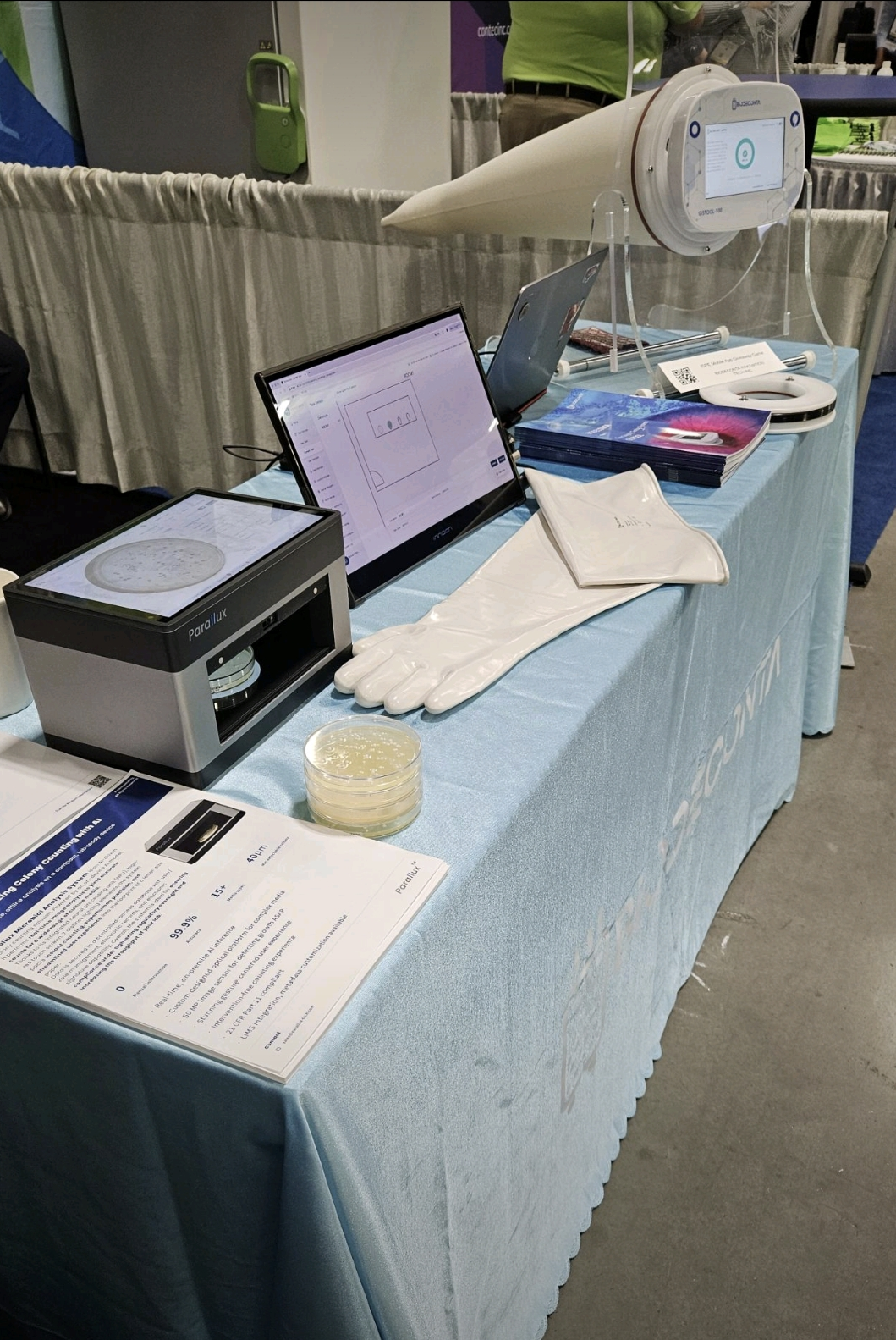
2025 ISPE Annual Meeting & Expo,October 27-29
Welcome visit us on 2025 |SPE Annual meeting, our boothis 1312.MORE -
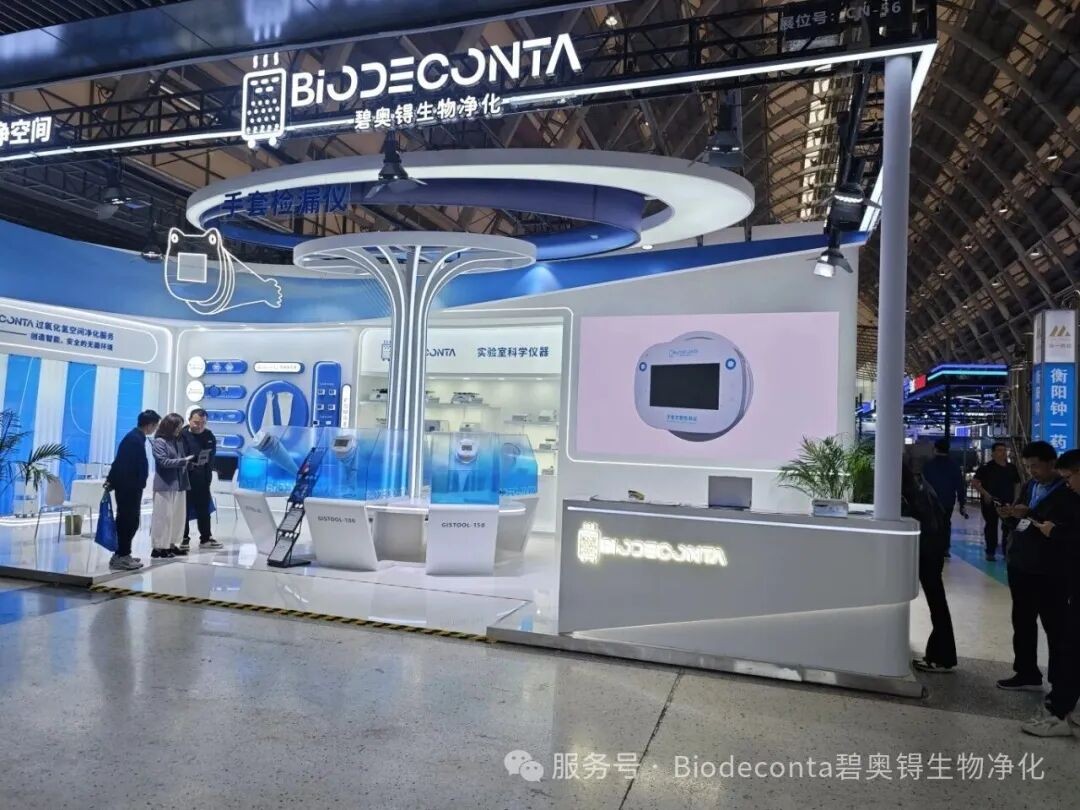
Exhibition Success Report,The 67th (2025) China International Pharmaceutical Machinery Exposition (CIPM) in Qingdao
Over the three-day Qingdao Pharma Machinery Expo, Biodeconta not only comprehensively demonstrated its technical strength in the fields of sterile testing, spatial sterilization and laboratory equipment, but also accurately identified industry pain points and market trends through in-depth face-to-face exchanges.MORE -
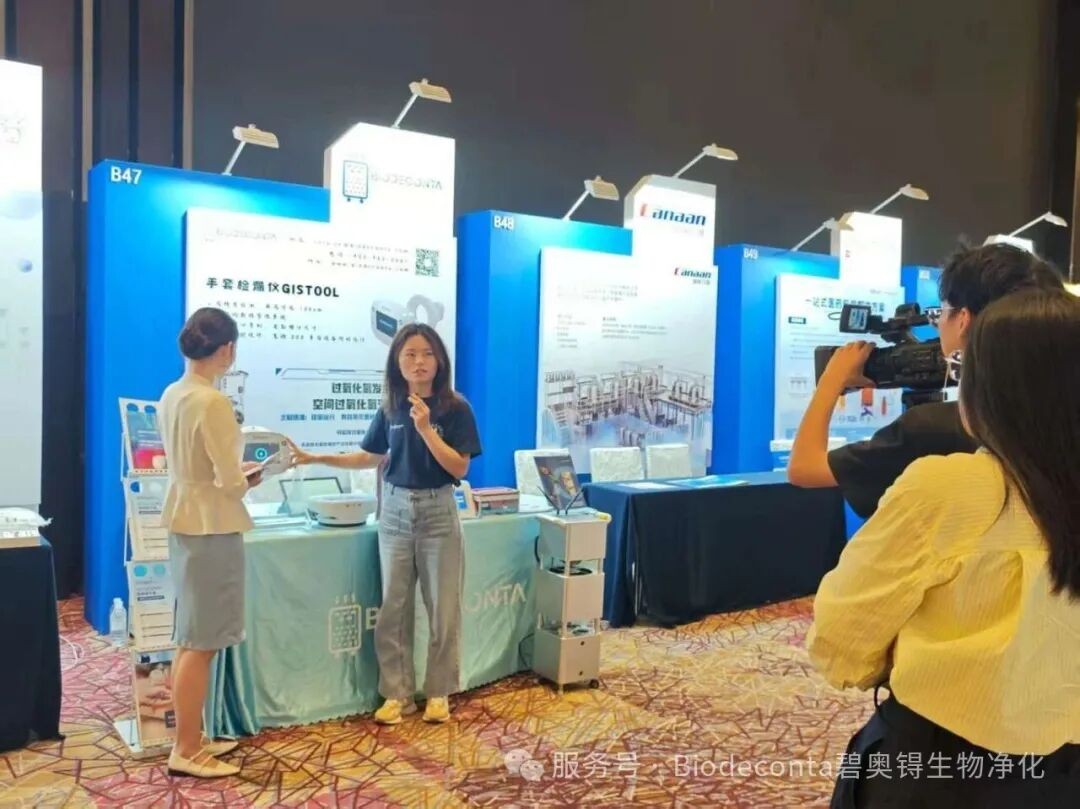
Biodeconta Shines at the 2025 PDI Conference
Biodeconta delivered an impressive performance at this conference. Numerous customers showed strong interest in its glove leak detectors, stopping by the booth one after another to inquire in detail about the product performance, operation methods, and maintenance key points. They recognized the product’s crucial role in ensuring production safety and spoke highly of its precise detection capabilities.MORE -
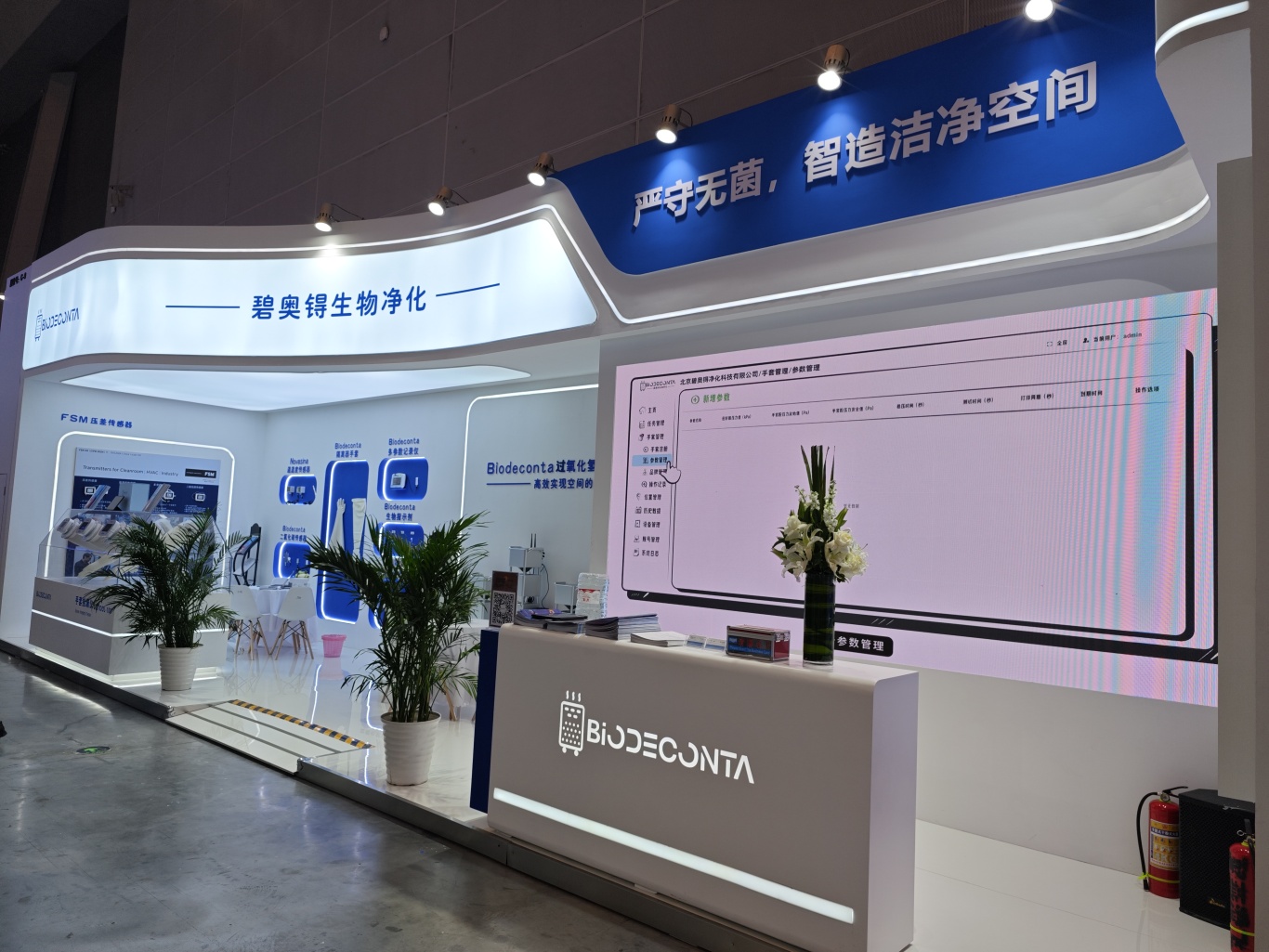
Review the Chongqing Pharmaceutical Machinery Exhibition
At the recently held Pharmaceutical Machinery Exhibition, BIODECONTA shone brightly in Hall C1 on the international stage. Despite the varying levels of foot traffic in different parts of the exhibition hall, BIODECONTA attracted numerous customers to stop by with its meticulously designed booth and high-quality core products, becoming a major highlight of the exhibition.MORE -
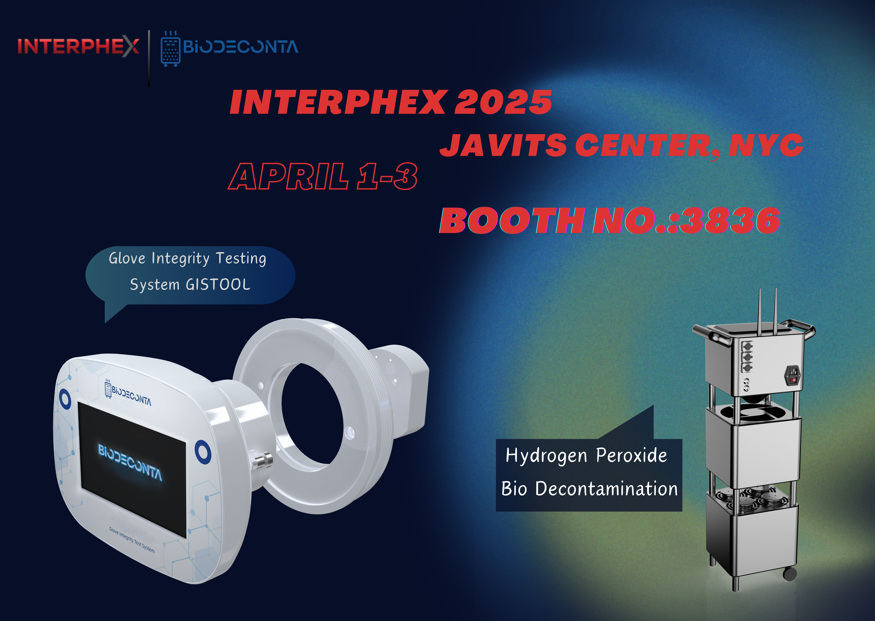
INTERPHEX 2025
"Join BIODECONTA at INTERPHEX 2024 – Booth #3638!
We’re excited to showcase our glove leak detector (GISTOOL) and hydrogen peroxide generators, along with our decontamination services.
As a trusted innovator in biodecontamination and critical environment control, BIODECONTA has been empowering pharmaceutical, healthcare, and life science industries with cutting-edge contamination prevention solutions since 2016. Our mission is to ensure the highest standards of safety and compliance through precision-engineered products and expert sterilization services.MORE -
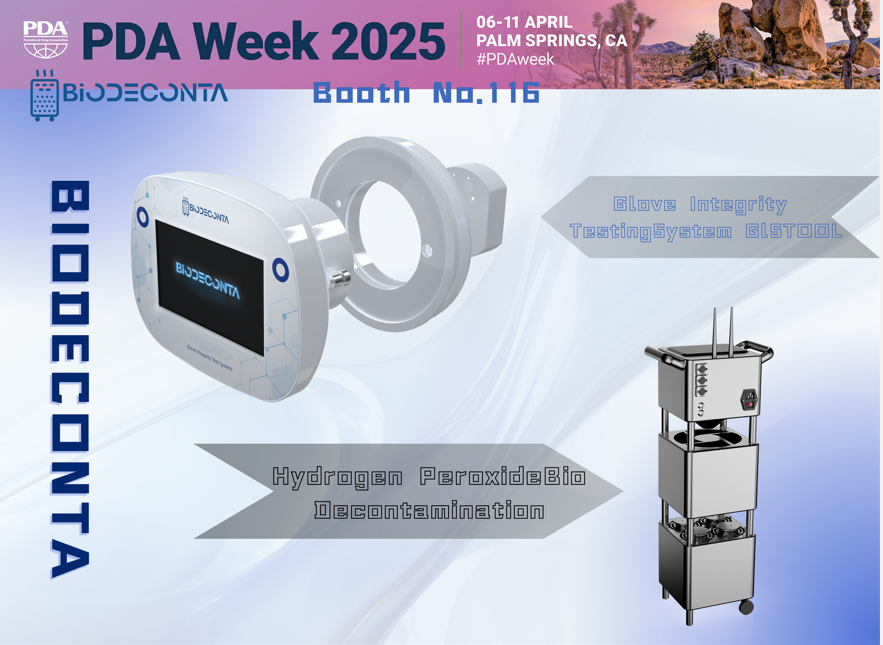
PDA Week
BIODECONTA Cordially Invites You to Visit Booth #116 at PDA Week in Palm Springs, CA (April 7-9)
Discover our cutting-edge GISTOOL Glove Leak Detector, Hydrogen Peroxide Generators, and Decontamination Solutions as we explore industry innovations together.MORE -
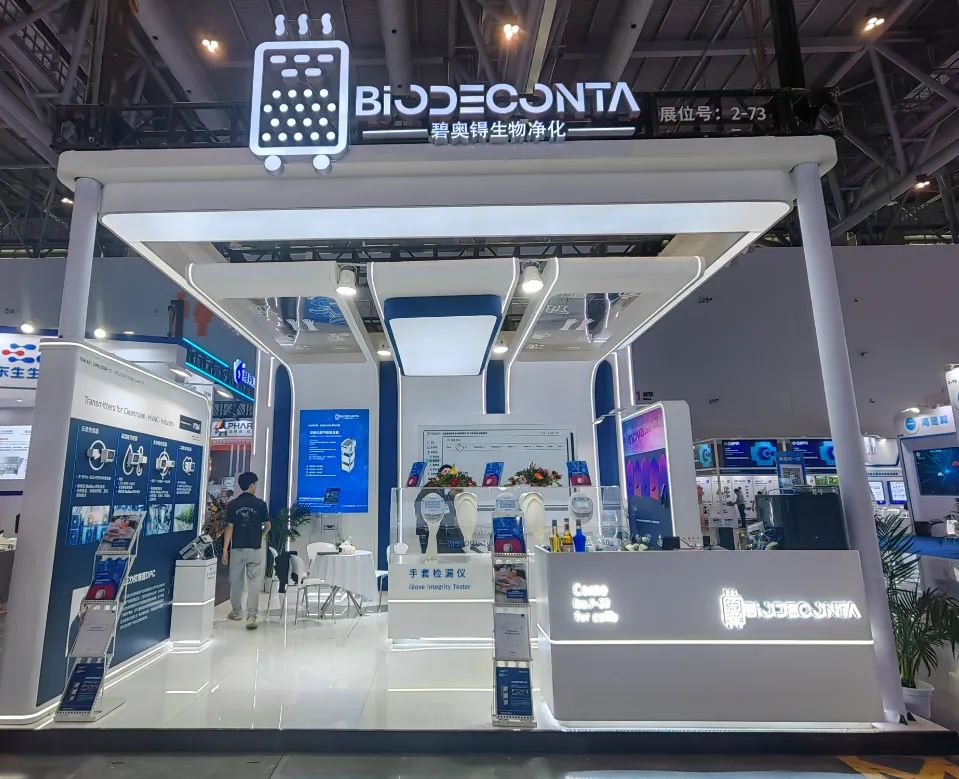
Biodeconta Shines at Xiamen Pharmaceutical Machinery Exhibition, and International Cooperation Ushers in a New Journey for the Pharmaceutical Industry
From November 17th to 19th, 2024, Biodeconta shone brightly at the China Pharmaceutical Equipment Exhibition.
At the exhibition site, the Biodeconta booth had a unique feature. The main color scheme of blue and white was bright, elegant, and in line with the characteristics of the pharmaceutical industry. The smooth layout design guided people to explore in depth.MORE -
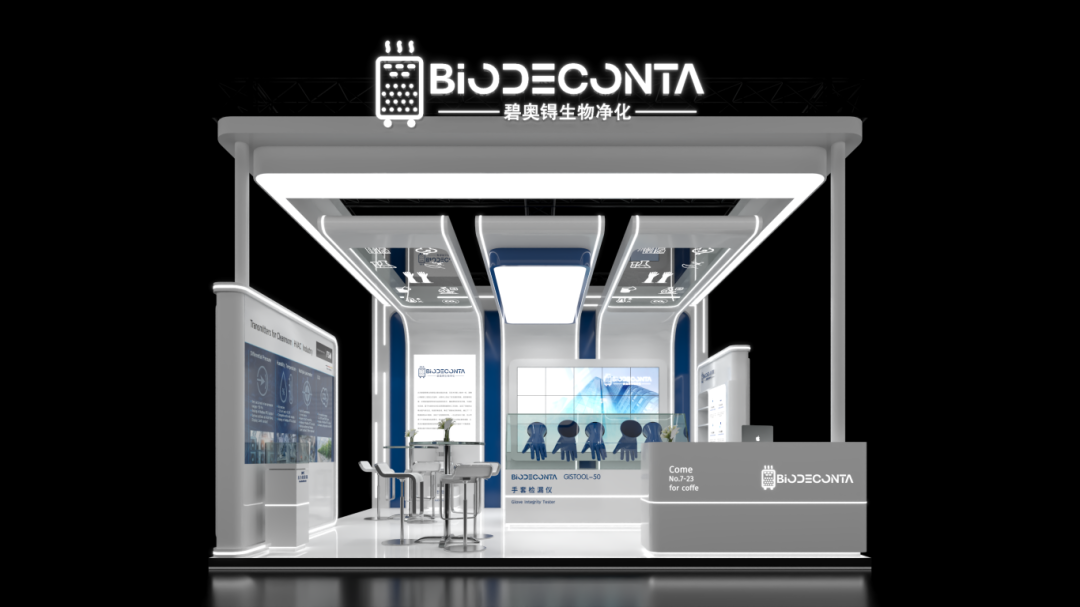
"The scientific and technological feast of the pharmaceutical industry! Biodeconta is waiting for you at the Xiamen Pharmaceutical Machinery Exhibition》
The biopharmaceutical zone of the Pharmaceutical Machinery Expo brings together many excellent biopharmaceutical equipment and service companies at home and abroad to display the latest technologies, products and solutions, and also becomes a window for industry professionals to have in-depth exchanges and explore the development direction and market trends of the biopharmaceutical industry. With an exhibition area of 10,000 square meters, the Biopharmaceutical Zone (Hall 2) of this year's Pharmaceutical Machinery Expo has gathered more than 100 professional exhibitors to systematically display the main process equipment and testing instruments for the production of drug substance and preparation, including solution preparation, bioreactor, separation, purification, filling, packaging and other equipment, biopharmaceutical consumables, analytical instruments and other inspection and testing instruments, as well as biopharmaceutical engineering design solutions and related services.MORE -
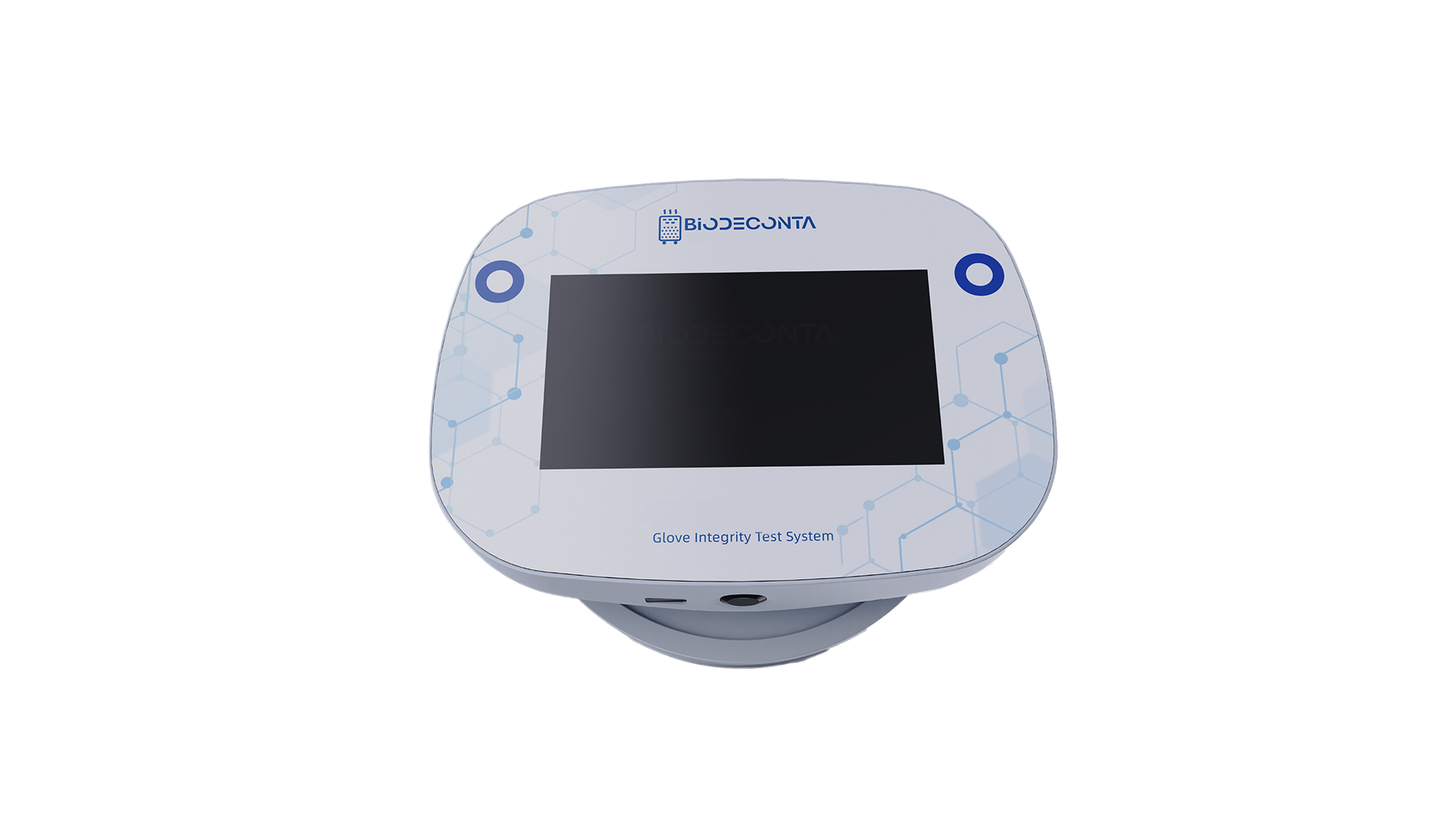
Snatch! The GISTOOL-100 Glove Leak Detector, a must-have for the production workshops of pharmaceutical factories. Hurry up or you'll miss it!
In the fields of sterile pharmaceutical factories and pharmaceutical factory equipment, the GISTOOL - 100 Glove Leak Detector has always been highly favored for its outstanding performance and reliable quality. It is a powerful assistant in ensuring the aseptic production process, conducting precise detections to safeguard the quality of medicines.
Now, we are bringing you an unprecedented price offer! You can easily own this professional glove leak detector at a more affordable price.
Don't hesitate any longer. Seize this excellent opportunity to upgrade your pharmaceutical factory or pharmaceutical factory equipment. Choose the Biodeconta GISTOOL - 100 Glove Leak Detector and embark on a journey of efficient and precise detections.MORE

